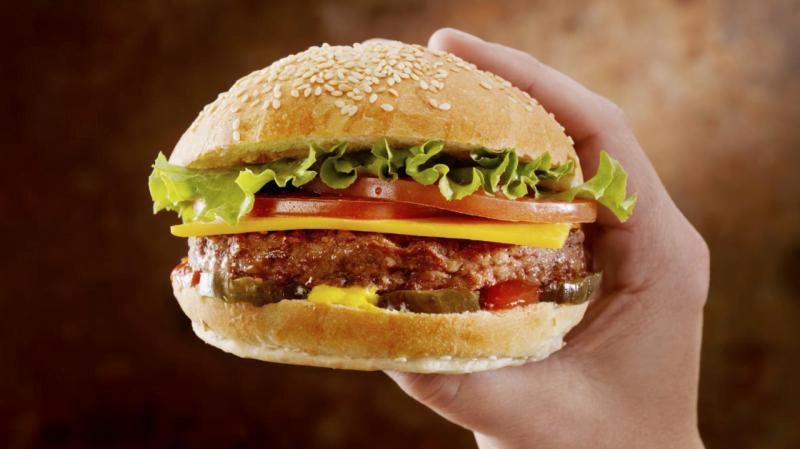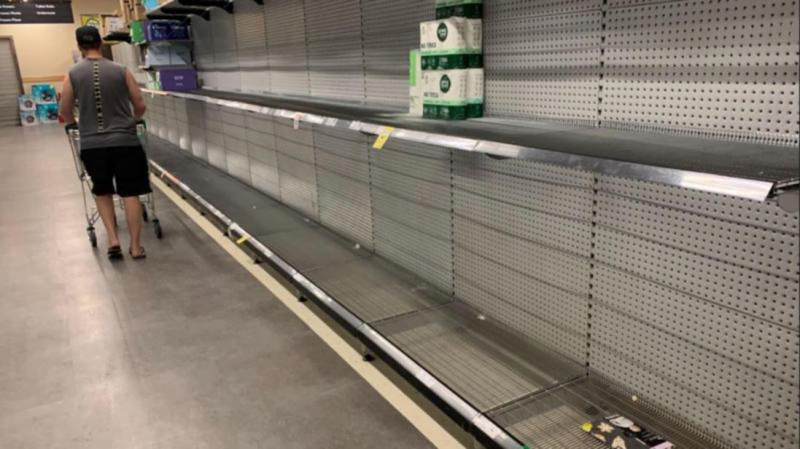In a respite for consumers and a challenge to the political push against alleged price gouging by supermarket giants, price cuts on popular groceries have played a pivotal role in curbing inflation in Australia. The latest data from the Australian Bureau of Statistics (ABS) reveals that a drop in grocery prices has contributed to a softer-than-expected annual headline inflation rate of 4.1 percent. Key categories such as meat and seafood, as well as fruit and vegetables, experienced price reductions of 1.2 percent in the December quarter.
Food and non-alcoholic beverage prices, as a whole, saw a meagre increase of just 0.5 percent over the quarter, marking the smallest three-month surge in over two years. Michelle Marquardt, the Head of Prices at ABS, noted that the decline in meat and seafood prices was primarily attributed to increased supply, leading to substantial price drops for lamb, goat, beef, and veal.
The annual food inflation rate dipped to 4.5 percent in the December quarter, less than half of the peak seen in December 2022, when it stood at a staggering 9.2 percent. Several factors have contributed to this moderation in grocery prices, including favourable growing conditions, farmers reducing livestock anticipating a dry summer, and alleviating supply chain bottlenecks. As a result, supermarkets have been able to pass on the benefits of lower wholesale costs to consumers.
Economists like Diana Mousina from AMP Capital are optimistic about this trend, suggesting that the easing of grocery-related inflation will alleviate concerns over the cost of living. Bryan Raymond, a consumer analyst at JPMorgan, anticipates a slowdown in grocery price growth over the next year, especially in the meat category.
However, it’s important to note that supermarket giants like Coles and Woolworths have not been immune to scrutiny. They have faced political pressure over their price increases, prompting inquiries by the Australian Competition and Consumer Commission (ACCC), the Senate, former Labor minister Craig Emerson, and former competition watchdog Allan Fels on behalf of the Australian Council of Trade Unions.
During the pandemic, when commodity and supply chain costs surged, retailers reportedly capitalised on the situation to recover higher costs and boost profit margins. For instance, Woolworths’ Australian food earnings before interest and taxes margin rose to 6 percent in 2023 from 5.3 percent in 2022, compared to 4.7 percent in 2019. Similarly, Coles’ supermarket margin increased to 4.8 percent in 2023 from 5 percent in 2022, compared to 3.8 percent in 2019. These profit margins are somewhat higher than those observed overseas, with Australian supermarkets outperforming their international counterparts.
The ACCC’s ongoing inquiry will be instrumental in determining whether claims of price gouging by supermarkets hold true. It will scrutinise competition and supply chains from farms to supermarkets, shedding light on the dynamics of price increases. Efforts to enhance competition in the Australian retail landscape may include streamlining town planning approvals for greenfield sites, potentially opening doors for competitors like Aldi and Costco.
In conclusion, the recent moderation in grocery prices in Australia has helped alleviate inflation concerns, with popular items like meat, seafood, and fresh produce experiencing price cuts. While supermarket giants face ongoing inquiries and scrutiny, the landscape appears poised for more prudent pricing practices, with a renewed focus on value for consumers. As the ACCC continues its investigation, the findings will provide valuable insights into the dynamics of the grocery market and the impact on consumer prices.
For the latest retailer news and information, check out the IndiHub website or to speak to us about how we can help your business contact us.



